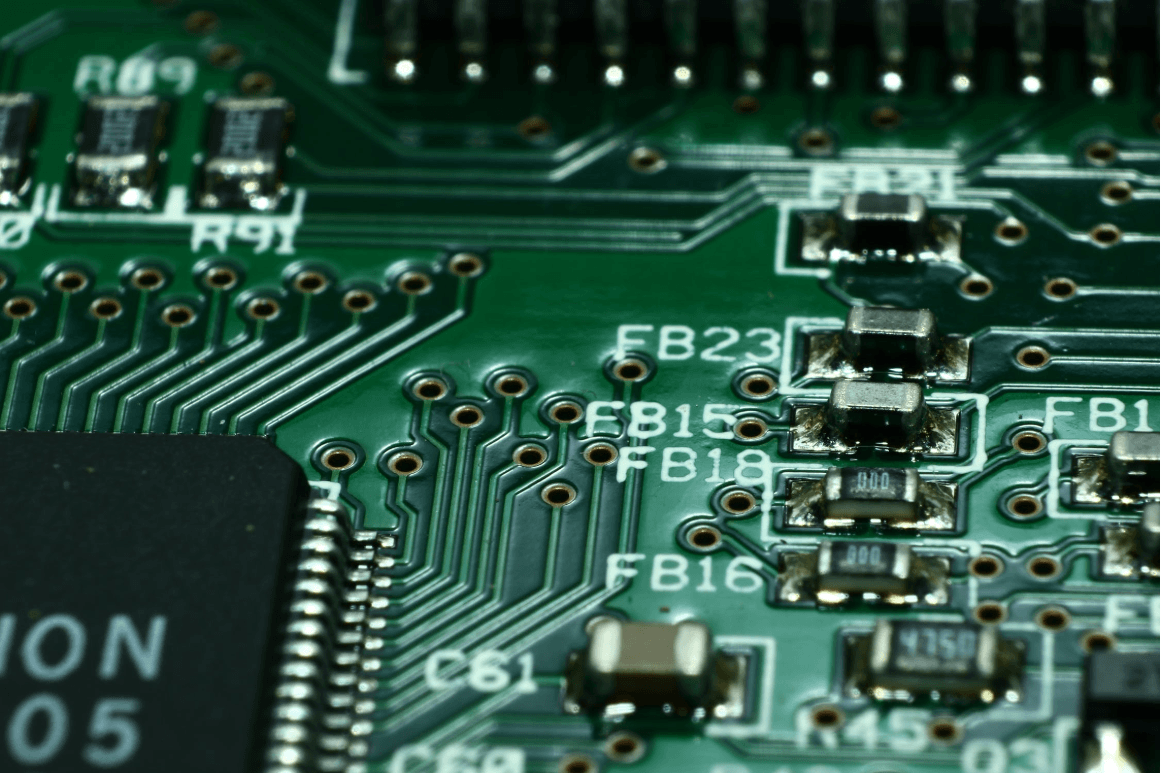
To get the most out of your computer, you should always keep the device drivers up to date. If you’re looking for Intel CPU drivers or other motherboard device drivers, you’ve definitely come to the right place. Here in this post you’ll learn how to update these drivers step by step.
To update your Intel CPU drivers:
Generally there are three ways you can update your Intel CPU drivers:
Option 1 – Automatically (Recommended) – This is the quickest and easiest option. It’s all done with just a couple of mouse clicks – easy even if you’re a computer newbie.
Option 2 – Manually – you’ll need some computer skills and patience to update your driver this way, because you need to find exactly the right driver online, download it and install it step by step.
Option 3 – Update drivers via Device Manager – This method is simple and commonly used. However, you should note that Windows may not be able to detect and download the latest (and even necessary) drivers for you.
Option 1 – Automatically update your Intel CPU drivers
For some people, it’s really time-consuming and error-prone to download and install drivers manually. If you want to save your time and effort, we highly recommend updating the drivers with Driver Easy, a reliable driver updater tool.
Driver Easy will automatically recognize your system and find the correct drivers for it. You don’t need to know exactly what system your computer is running, you don’t need to risk downloading and installing the wrong driver, and you don’t need to worry about making a mistake when installing. Driver Easy takes care of it all.
You can update your drivers automatically with either the FREE or the Pro version of Driver Easy. But with the Pro version it takes just 2 clicks (and you get full support and a 30-day money back guarantee):
1) Download and install Driver Easy.
2) Run Driver Easy and click the Scan Now button. Driver Easy will then scan your computer and detect any problem drivers.

3) Click Update All to automatically download and install the correct version of all the drivers that are missing or out of date on your system (this requires the Pro version – you’ll be prompted to upgrade when you click Update All). Or if you just want to update your Intel CPU driver for now, simply click the Update button next to it.

Note: you can do it for free if you like, but it’s partly manual.
Option 2 – Update your Intel CPU drivers manually
Intel keeps updating the CPU drivers. To get them, you need to visit the official website of Intel, find the drivers corresponding with your specific flavor of Windows version (for example, Windows 10 of 64 bit) and download the drivers manually.
Once you’ve downloaded the correct drivers for your system, double-click on the downloaded file and follow the on-screen instructions to install the drivers. Here are some details of the procedure:
1) Visit Intel Download Center.
2) Below Select your product, click Processors.

3) On the next page, expand the drop-down list of View by product and select the model of your processor. Then, under Filter by, select Drivers and the version of your operating system (such as Windows 10 of 64-bit).

4) Now you’ll be greeted with a list of drivers below. Go on to click the one you want to download.
5) On the pop-up page, you’ll see the available downloads in the left place. Click the ZIP file and wait till the download is complete.

6) Open the folder where you’ve just downloaded the driver file. Double-click on that downloaded file and then follow the on-screen instructions to install your driver.
7) Reboot your PC for the changes to be fully inplemented.
Option 3 – Update your Intel CPU drivers via Device Manager
One of the most commonly used methods to update your driver is downloading and installing it via Device Manager. However, you should note that sometimes Windows may fail to detect the latest (and even necessary) driver for your device. In this case, you’ll have to search for the correct driver online or simply go to Option 1.
1) Press the Windows logo Key and R at the same time to invoke the Run dialog box. Then type devmgmt.msc and click OK.

2) In the Device Manager window, double-click on the Processors node to expand its drop-down list. Then right-click on the device whose driver you want to update and select Update driver.

3) Click Search automatically for updated driver software.

4) Wait for the download and installation to be completed.

5) Click Close when it’s all done.
6) Now your driver has been updated by Windows successfully. Don’t forget to restart your computer for the changes to take effect even if you’re not asked to.
Hopefully you found this post useful. Please feel free to leave a comment below if you have any further questions or ideas. Thanks for reading!






